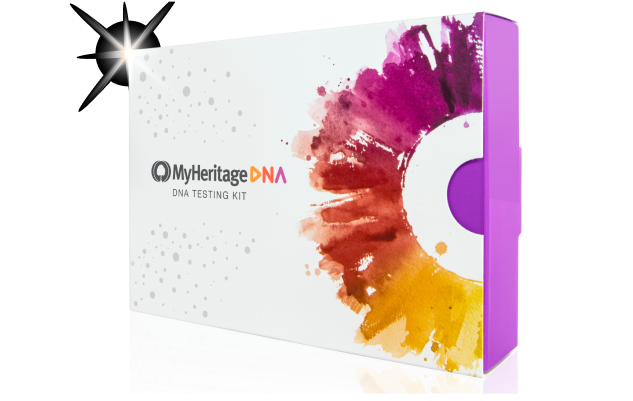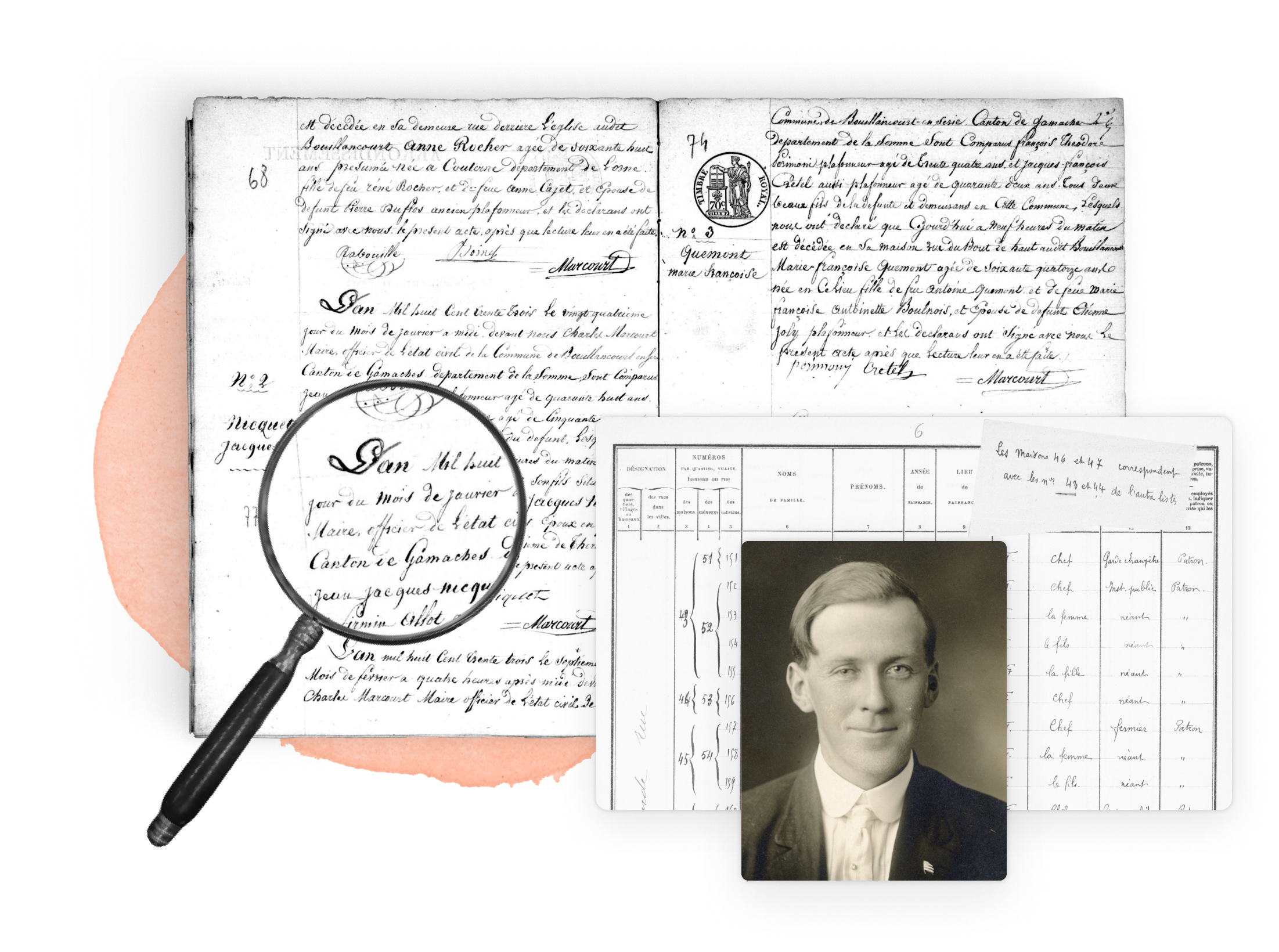
The Pennsylvania Abolition Society, or PAS, is the oldest anti-slavery organization in the United States. Founded in 1775 in Philadelphia, it was initially led by Quakers. Members of that faith had been active in the abolitionist movement in Pennsylvania since the 1680s (though it is important to note that not all Quakers held abolitionist beliefs and many did own slaves). In addition to opposing slavery, the society focused on facilitating education, employment, and other forms of uplift.
In 1780, Pennsylvania led the movement of northern states in passing anti-slavery legislation.[1] As would be the case in other states, though, Pennsylvania’s Gradual Abolition Act did not actually outlaw the practice. As its title suggested, it provided emancipation only incrementally for most, and not at all for others. Generally speaking, those already enslaved in 1780 would remain enslaved[2] (with a few exceptions, such as those recently arrived from Africa—new importation of enslaved people was banned fully). Those who would be born after the passage of the 1780 law were technically now considered free from hereditary chattel slavery, but that did not mean they were free to make their own choices right away. Instead, they became indentured servants, with labor contracts that did not expire until they reached age 28. This was effectively still a form of enslavement intended to give their employer continued access to the full use of their prime working years. The 1780 law also required enslavers to register the people they held in bondage; those not registered were considered free as a penalty of the enslaver's noncompliance.[3]
Research your ancestors on MyHeritage
The Pennsylvania Abolition Society (PAS) papers
For genealogists researching enslaved ancestors with ties to Pennsylvania (or the persons who enslaved them), the Pennsylvania Abolition Society’s extensive papers are a critical resource. They are held at the Historical Society of Pennsylvania (collection 0490) and are mostly undigitized. Two portions of the PAS collection are of special interest from a family history perspective.
Manumissions and Indentures

First is Series IV, which HSP’s catalog says includes,
“... volumes, legal documents, and papers pertaining to the society's efforts to assist enslaved and free black people in a myriad of ways from the 1780s to the 1860s. Manumissions and indentures make up the bulk of this series, however there are also court documents; lists of slave ships; birth, marriage and identification certificates; employment permission slips; copies of laws and statutes; legal opinions; materials on unregistered slaves in Pennsylvania; and other documents.”
The manumissions typically contain the name of the enslaved person as well as their age and occasionally other identifying features. They also contain the name and signature of the enslaver who set the person free, and the date of the event. A manumission document would in many cases be followed by an indenture, or labor contract, between the former enslaver and the free man, woman, or child.
The PAS papers include individuals enslaved in Pennsylvania and also those in other places whose enslavers had ties to Philadelphia. For example, the PAS papers contain documentation of people enslaved in other states such as Maryland and New Jersey, and in the Caribbean. They also document a handful of cases in which Asian children—almost all from what is now Indonesia, brought to America by mariners—were enslaved, in addition to Africans.
1838 Census

Also part of the PAS Papers is the 1838 census taken of Philadelphia’s free Black population. Although Black men had the right to vote in Pennsylvania, by the late 1830s white leaders were calling for them to be disenfranchised. In response, the PAS spearheaded a detailed census of Philadelphia’s Black community in 1838, intended to demonstrate that Black families were productive, contributing members of society who deserved a voice. The census describes each head of household and their employment, property ownership, family size, church-going habits, and membership in beneficial societies.
(Such efforts were ultimately ineffective, and Black men were disenfranchised in Pennsylvania later that year. They would not regain the right to vote for over thirty more years, with the end of the Civil War and the passage of the Fifteenth Amendment.)
The 1838 PAS census is digitized and searchable at 1838blackmetropolis.com.
Similar censuses of Philadelphia’s Black community were also taken in 1847 and in 1856, after disenfranchisement. These are also part of the PAS Papers at HSP.
Access
The PAS Papers are open to the public onsite at the Historical Society of Pennsylvania. Those unable to visit the HSP Reading Room in person may request a lookup by HSP staff for a fee.
As noted, select portions of the PAS Papers are digitized at both The 1838 Philadelphia Black Metropolis and Digital Library | Historical Society of Pennsylvania : Internal collection : Pennsylvania Abolition Society papers [0490] (hsp.org)
Explore more about the Pennsylvania Abolition Society papers
- Hidden Gems of the Keystone State – Finding Land, Military, Ethnic, and Overlooked Records webinar at Legacy Family Tree Webinars
- The Philadelphia 1838 Black Metropolis
- Pennsylvania Abolition Society records – collection 0490. Historical Society of Pennsylvania
- Collection: Pennsylvania Abolition Society papers. In Her Own Right
References
- ↑ An Act for the Gradual Abolition of Slavery - March 1, 1780. Pennsylvania Historical & Museum Commission
- ↑ Gradual Emancipation Acts. Historic Hudson Valley
- ↑ Owens, Cassie. Pennsylvania officially abolished slavery in 1780. But many black Pennsylvanians were in bondage long after that. Philadelphia Inquirer, 2019.


